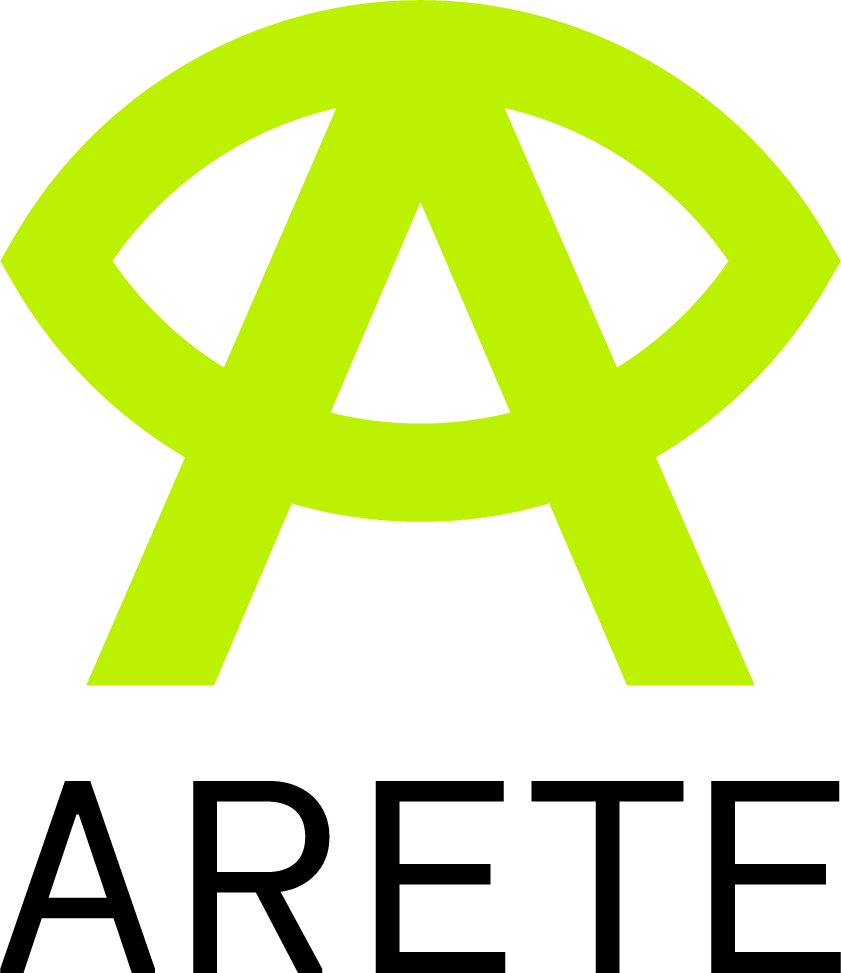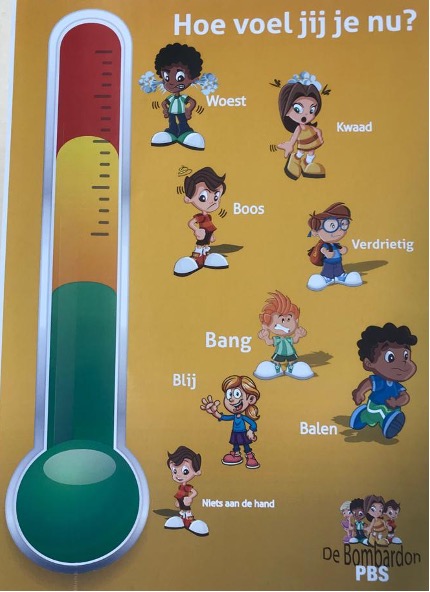The impact of AR technologies in education
Even though Augmented Reality (AR) technologies have been developed since the 1990s, it is only in the last decade when AR has had an accelerated growth and widespread adoption. This development is directly linked with the increasing power of mobile devices, the improvement of their features and capabilities, and the emergence of novel powerful Head-Mounted Displays (HMD).
In the eLearning field, AR has been used in educational environments to allow students to acquire knowledge and novel skills, which are much harder to obtain with traditional resources. AR provides the learner easy access to dynamic phenomena: for instance, any kind of system evolving through time, such as the motion of planets around the sun, or complex 3D structures like any topic related to linear algebra or geometry. Both examples could even co-exist together when analysing the behaviour of electro-magnetic fields, simulations, etc.
Most education-related AR applications are created for primary and secondary education, with a strong focus on STEM disciplines and a lower, although significant, percentage of apps developed for teaching art.
Currently, one of the main drawbacks for a larger deployment of AR application in education is related to the usability and accessibility of the services, as well as existing barriers and resistance from teachers. However, above all, the main issues related to the usage of AR in educational ecosystems are connected to the complexity of using AR technologies, as well as the interoperability issues regarding the development environment and the final target devices for the adoption in a classroom.
Even so, recent studies report that inclusion of AR applications for education has a positive impact on learning gains (Cohen's d value of 0.64). The amount of learning gain does not depend on the education level, while it depends strongly on the education field. In this case, the stronger learning gains are associated with AR applications dealing with Art education, followed by health and welfare.
The evolution of technology has made development of AR applications easier and cheaper. This is not only due to having a better and a more affordable hardware, but also to a better software ecosystem with libraries and frameworks such as Vuforia, Unity, ARKit, ARCore and WebAR. In this context, the emergence of AR applications in education will increase in the future.
Current trends in education-related AR services include:
- The creation of content, especially tutorials and simulations in engineering and medical environments;
- using AR as a media for storytelling, to enhance text comprehension in primary education students;
- using AR as a tool to increase spatial ability, for instance when studying geography or maths; and
- creating enhanced lecture books, to display 3D content related to specific images, especially when studying biology or chemistry.
As a summary, once the educational gains of applying AR technologies in education are confirmed, and once technology is sufficiently mature in terms of interoperability and affordability, augmented content will be an integral part of school curricula.
References:
Garzón, J., Pavón, J., & Baldiris, S. (2019). Systematic review and meta-analysis of augmented reality in educational settings. Virtual Reality, 23(4), 447-459.
Akçayır, M., & Akçayır, G. (2017). Advantages and challenges associated with augmented reality for education: A systematic review of the literature. Educational Research Review, 20, 1-11.
Ibáñez, M. B., & Delgado-Kloos, C. (2018). Augmented reality for STEM learning: A systematic review. Computers & Education, 123, 109-123.
Bacca, J., Baldiris, S., Fabregat, R., & Graf, S. (2014). Augmented reality trends in education: a systematic review of research and applications.
Yilmaz, R. M. (2018). Augmented reality trends in education between 2016 and 2017 years. State of the art virtual reality and augmented reality knowhow, 81, 97.



